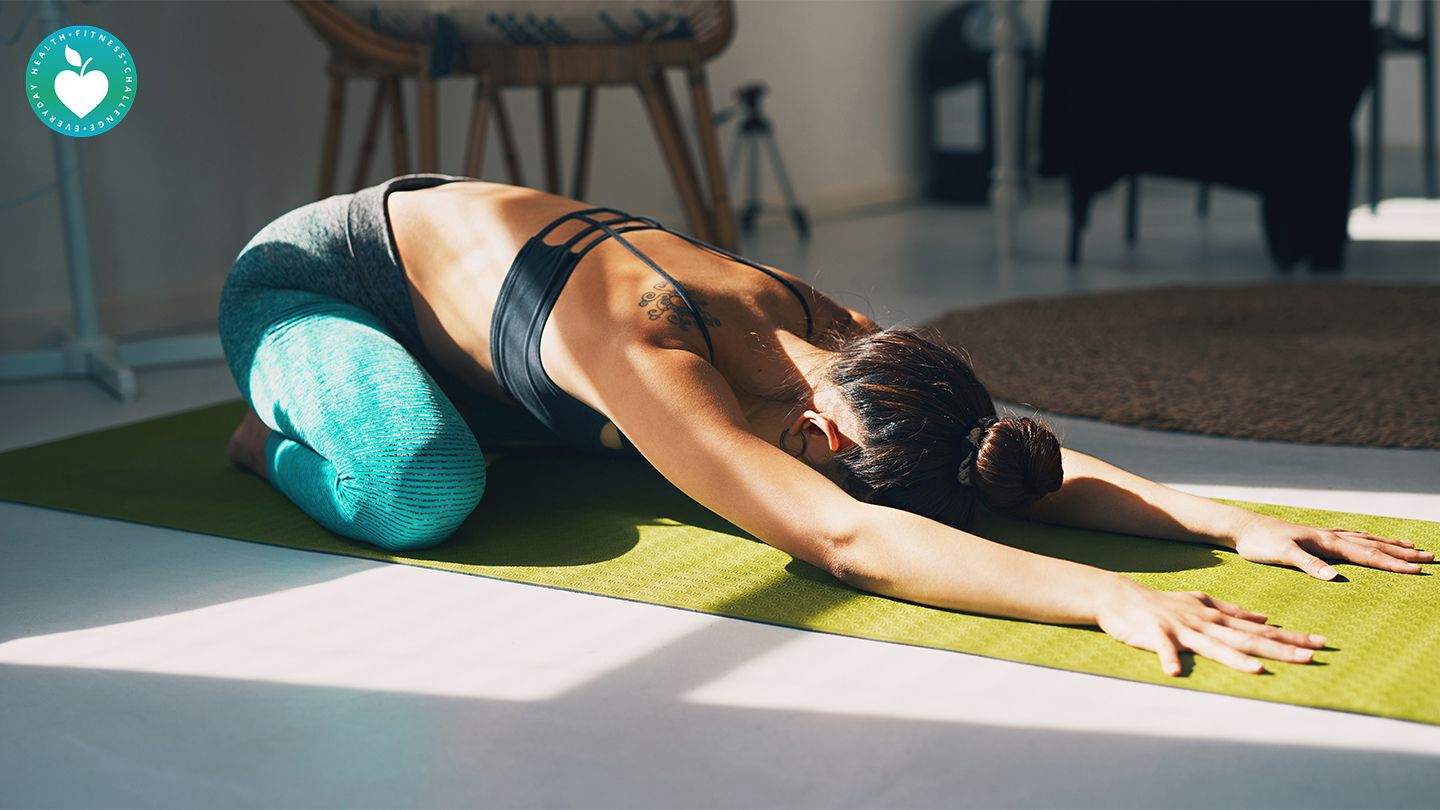
Do you even know the difference? Three experts weigh in on these two very important aspects of your health and fitness.
By Gabrielle Kassel
Updated on July 21, 2022
Share
Tweet
Pin
Email
What’s More Important: Flexibility or Mobility?
Mobility isn’t exactly new, but it’s finally getting the attention it deserves, thanks to online mobility programs (such as RomWod, Movement Vault, and MobilityWOD) and mobility classes at fitness boutiques like S10 in New York City. But what does mobility ~really~ mean, and is it the same thing as flexibility?
What’s the difference between flexibility and mobility?
First things first: Mobility is not synonymous with flexibility. “People have been using flexibility and mobility interchangeably forever, but recently there’s been a push to separate the two concepts,” says physical therapist Grayson Wickham, C.S.C.S., founder of Movement Vault, a mobility and movement company. That’s because while colloquially “mobility” and “flexibility” may conjure up the same idea, they are different (though connected) concepts that have different implications for your fitness, he says.
Flexibility refers to your connective tissues’ ability to temporarily elongate, says Wickham. For example, if your connective tissues are like a Chinese finger trap, the amount of material doesn’t actually change, you can’t make it grow, but you can contract it, says mobility instructor Gabrielle Morbitzer. In fact, it’s physically impossible to lengthen a muscle, because the ends are attached to the bones at a joint, says Wickham.
Then what’s mobility, exactly? Mobility is your ability to move a muscle or muscle group through a range of motion in the joint socket with control, says Wickham. And in order to move a muscle with control, you need strength. “Mobility is an indication of how well and efficiently we move,” says Morbitzer. “Flexibility is one part of mobility, but strength, coordination, and body awareness are also elements of mobility.”
The easiest way to understand the difference is to think of flexibility as passive and mobility as active. A passive hip flexor stretch, for example, may help increase flexibility. Butt kicks or high knees will increase the mobility in those muscles and joints. (P.S. Here’s what to do when your hip flexors are sore AF.)
Is flexibility or mobility more important?
Flexibility can help with mobility, but extreme flexibility isn’t going to boost your performance outright, says Morbitzer. Amy Opielowski, master trainer at CorePower Yoga, says that it’s this connection between the two, plus the fact that mobility is important for injury prevention and workout performance, that makes it best to focus on overall mobility as opposed to just flexibility. And yes, that even goes for yogis who want to be able to bend into pretzels, she adds.
Plus, there is a lack of scientific research to support the notion that simple flexibility decreases your risk of injury, says Wickham. A review of five studies published in the Clinical Journal of Sports Medicine found that static stretching in that way had no correlation to injury reduction. A second review published in The British Medical Journal found that stretching also doesn’t reduce muscle soreness in the days following exercise.
Experts are starting to realize that it is actually mobility, not flexibility, that decreases injury, increases joint health, and reduces joint pain, says Wickham. That’s because mobility addresses all the elements that limit movement and performance. “Whether you’re getting into downward dog or doing an overhead squat, you need to be able to control your joints and range of motion to carry out a movement-that’s mobility,” he says.
Your body will naturally compensate for poor mobility, which typically manifests as bad form that will not just limit performance but could lead to injury, says Morbitzer. “As an instructor, a common goal I hear from athletes who feel limited by their movement is that they want to get more flexible, but 98 percent of the time, what they really mean is that they want to improve their mobility.” For example, if you can’t touch your toes, you’d probably assume tight hamstrings are to blame, but it’s just as likely that you’re lacking hip mobility.
Here’s how you can improve your mobility.
Good news: You’re probably already using some great mobility tools to recover from tough workouts. Things like foam rollers or lacrosse balls are both great self-myofascial release to add to your mobility toolbox. (Never used a foam roller before? Here’s how to foam roll.) Admittedly, it can be a bit torturous at first, but research published in the Journal of Strength and Conditioning Research found that rolling out the lactic acid can do wonders for tight muscles by breaking up scar tissue and improving circulation. (Did you know foam rolling regularly can also improve your hamstring flexibility and balance, decrease exercise fatigue, and reduce your likelihood of being sore in the first place?
Connecting your breath with your movement is also thought to have a huge effect on how efficiently you move. Practice by opting for yoga flows that incorporate breath work, says Opielowski. Slow, controlled breathing can increase the parasympathetic response, helping to relax your body and reduce overall tension, she says.
You can also try mobility-specific classes, such as those offered through Wickham’s Movement Vault, which are cropping up across the country, as well as streaming online. Whether it’s through dynamic stretching, warm-ups, or cool-downs, what’s most important for improving mobility is doing a little bit every day, says Wickham.